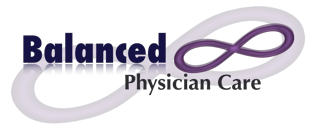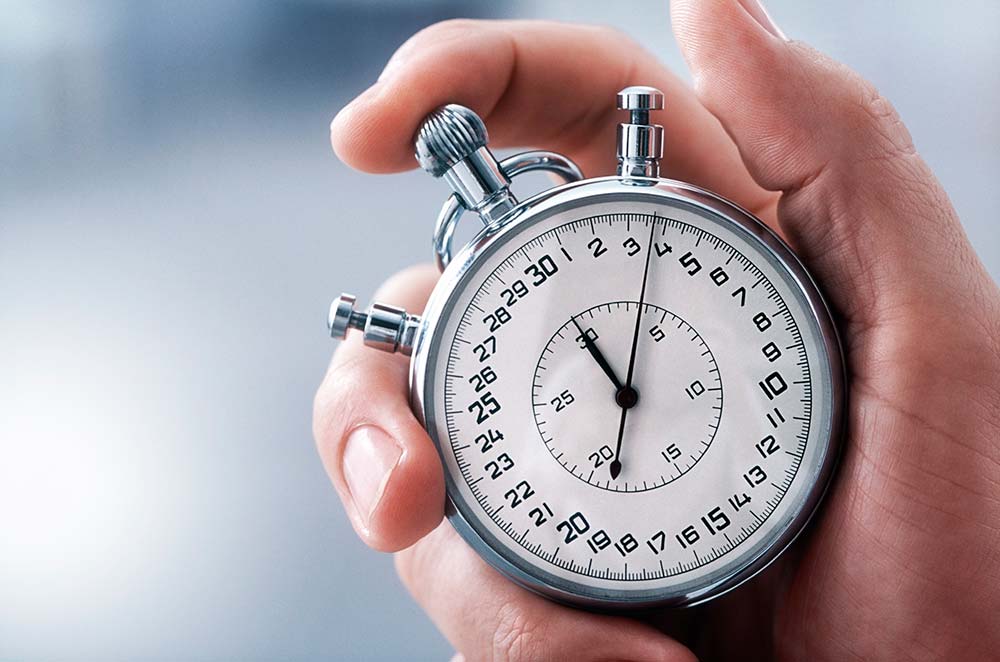“900 seconds, That’s It Doc”?
You took the afternoon off. You arrived 15 minutes early. You ended up waiting 25-30 minutes in a small, crowded waiting room before having the opportunity to wait another 10 minutes in another smaller room.
When the doctor finally walks in, he “hid” behind his computer screen for another 2 minutes before getting down to business. Ten minutes later you walked out with a prescription and a receipt for a $40 copay.
Unfortunately stories like this are becoming increasingly common, and doctors and patients are both frustrated by the lack of doctor/patient face time.
Patient care suffers when doctors rush through their appointments in order see more patients and perform more procedures.
This is backed up by a recent study conducted by Johns Hopkins University. The study found:
- 40% having too many patients to safely take care of each month
- 36% reported patient overloads occur once a week
- 25% reported their workload hampers thoroughly discussing treatment options with patients and their families
- More than 20% said they ordered unnecessary procedures for patients
- More than one in five reported their workload likely contributed to patient transfers, patient complications or death
Bottom line, doctors are overworked.
And the problem may be worsening as millions, who have not been to a doctor in years, have gained health coverage through the Affordable Care Act and head to the nearest doctor with a slew of untreated problems.
“900 seconds, That’s it Doc”?
Now days, it’s not unusual for primary care doctors to schedule appointments every 15 minutes. Some doctors, especially those who work for hospitals, say they’ve been asked to see patients every 11 minutes (that’s only 660 seconds).
Is 15, let alone 11 minutes, enough time for a through evaluation? Maybe, but at what cost?
Doctors recognize the well being of their patients depends upon effective communication between themselves and the patient, and that takes time. Many believe the 15-minute appointment is hurting the doctor/patient relationship, which is considered integral to quality healthcare.
With less dialogue between you and your doctor, studies show the odds increase that you will leave the office frustrated. Also when your doctor doesn’t have enough time for a thorough evaluation, the likelihood you leave with a prescription or some medical test order also increases.
Worse still, when a doctor rushes from appointment to appointment, you may not get the doctor’s full attention and may not have the opportunity to discuss medical advice around preventative care.
As a doctor, I don’t like to be rushed either. I feel this is a missed opportunity for getting patients more actively involved in their own health, but unfortunately time is money for these doctors in the system. Since most doctors are paid per visit, they must keep one eye on the patient and one eye on the clock. This is not the case here at Balanced Physician Care.
Most doctors are trying to structure the shortened appointment in the most efficient way by trying to zero in on the “chief complaint”, but most patients have more than just one issue to discuss, thus starts the battle of the clock. The patient says, I waited for months for this appointment. I am going to get my time’s worth. The doctor is saying, I only have 15 minutes.
If having more time and better access to a doctor is important to you and your family, then consider how a Balanced Physician Care membership might be the right choice for you. Call us at 904-930-4774 or go to BalancedPhysicianCare.com for information.
Sources:
“900 seconds, That’s all I get”? | IdealMD
You’re on the clock: Doctors rush patients out the door; Roni Caryn Rabin, Kaiser Health News
HOSPITAL OVERLOAD: Doctors overworked, patient care suffering; video report by Rob Olson


